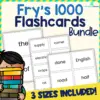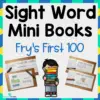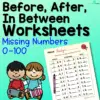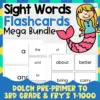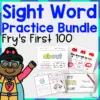Welcome to the list of 10 awesome preschool measuring activities! These fun and interactive activities are designed to teach young children the basic concepts of measurement, including length, weight, and volume. Whether you’re a teacher, parent, or caregiver, these activities are sure to engage and educate your preschoolers. From using their own body parts to measure objects to experimenting with different measuring tools.
So, let’s get started and explore the world of measurement through these exciting and educational activities!
Great Measurement Activities for Preschoolers
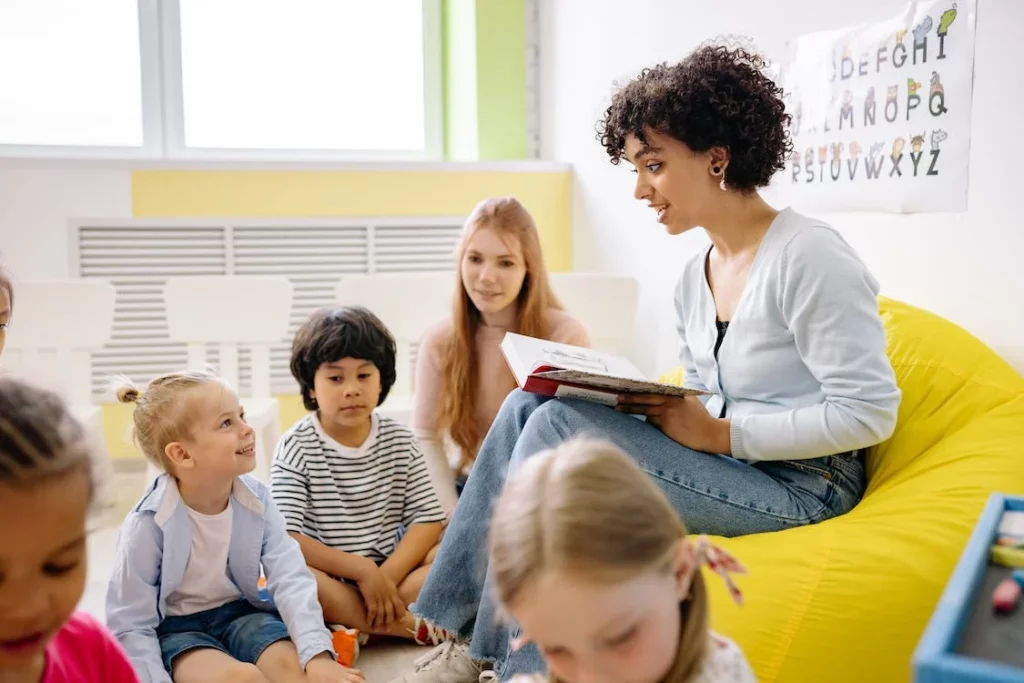
Get ready for some old-fashioned fun with the classic game “Mother/Father May I?” This game is perfect for parents and teachers looking to make learning about measurement a blast! Gather at least three participants and start by discussing and demonstrating terms like “baby steps”, “middle-sized/regular step” and “giant step” and see what the describing words tell us.
How to play:
- The person playing the “Mother/Father” stands with their back to the other players
- The “Mother/Father” takes turns naming the other players and giving them directions, such as “Johnny, you may take 4 steps forward/backward”
- The player (Johnny) asks “Mother/Father, may I?” before taking any steps
- The “Mother/Father” says “yes” or “no,” and the player takes the appropriate action
- If a player forgets to ask permission, they return to the beginning
- Another option is to have the players take turns asking “Mother/Father” if they may take a certain number and type of steps
- Whoever touches the “Mother/Father” first becomes the next “Mother/Father”
This game is an excellent way to make learning about measurement fun and interactive for young children. It’s a great way to develop important skills such as following instructions, listening, and communicating. So, gather your little ones, and let’s play!
For more information about this resource, be sure to check out empoweredparents.co
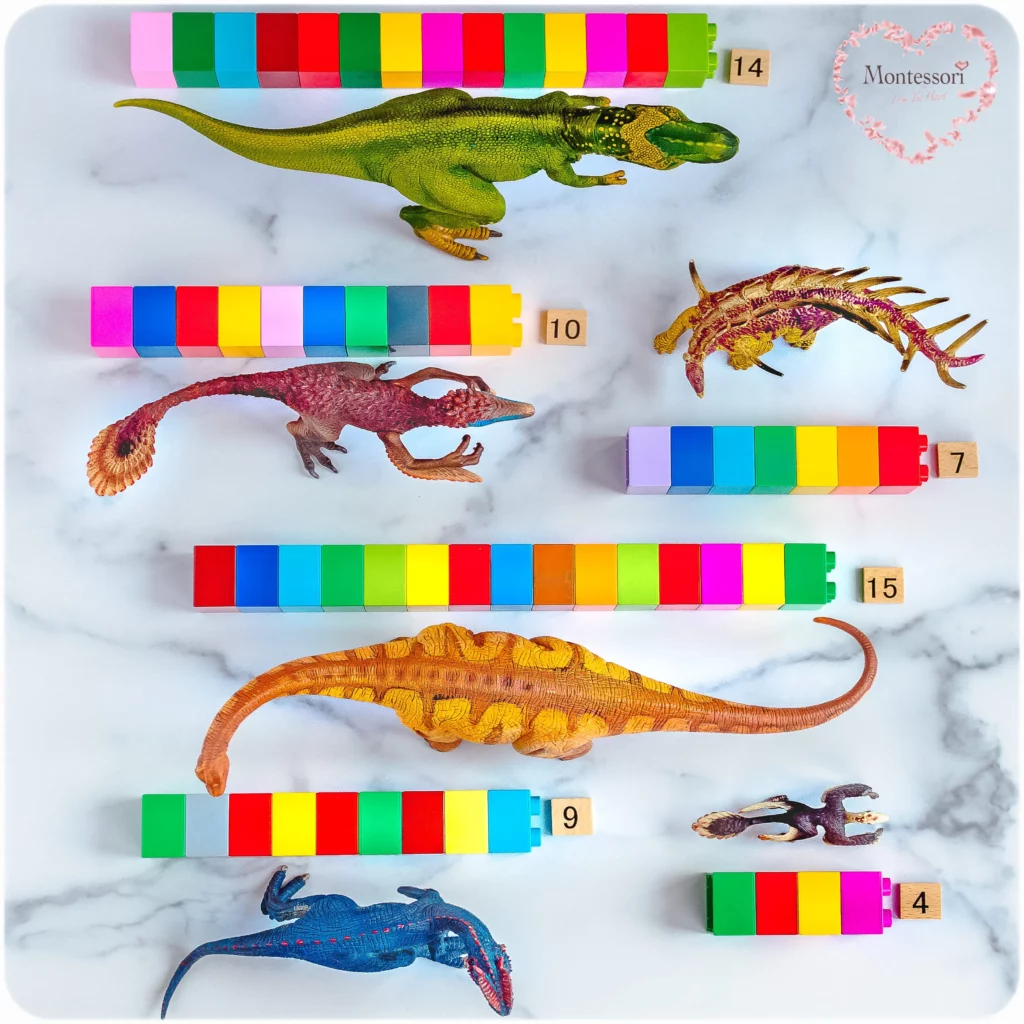
DINO Measuring Fun is a Montessori-inspired pre-K activity that allows children to measure anything and everything without the use of a ruler. Here’s what you’ll need:
- Manipulatives you will be using to measure with (we recommend using LEGO Duplo, but you can also use small blocks)
- Dinosaurs or other items you want to measure
- Numerals (if your child is ready for it)
This activity is suitable for children as young as 2.5 years old, but always remember to supervise your child!
To play this game:
- Using the manipulatives, help your child measure the dinosaurs or other items.
- If your child is ready for it, introduce numerals to help them understand the measurements.
- Encourage your child to sort and classify the items based on their size.
- Use descriptive language such as “large,” “medium,” and “small” to help with language development.
This activity is a fun and interactive way for children to develop important skills while having fun. It allows children to measure their favorite things, like cars, trucks, teddy bears, dolls, animal figures, and even food! Go get your materials and get ready to have some DINO measuring fun!
For more information about this resource, be sure to check out montessorifromtheheart.com
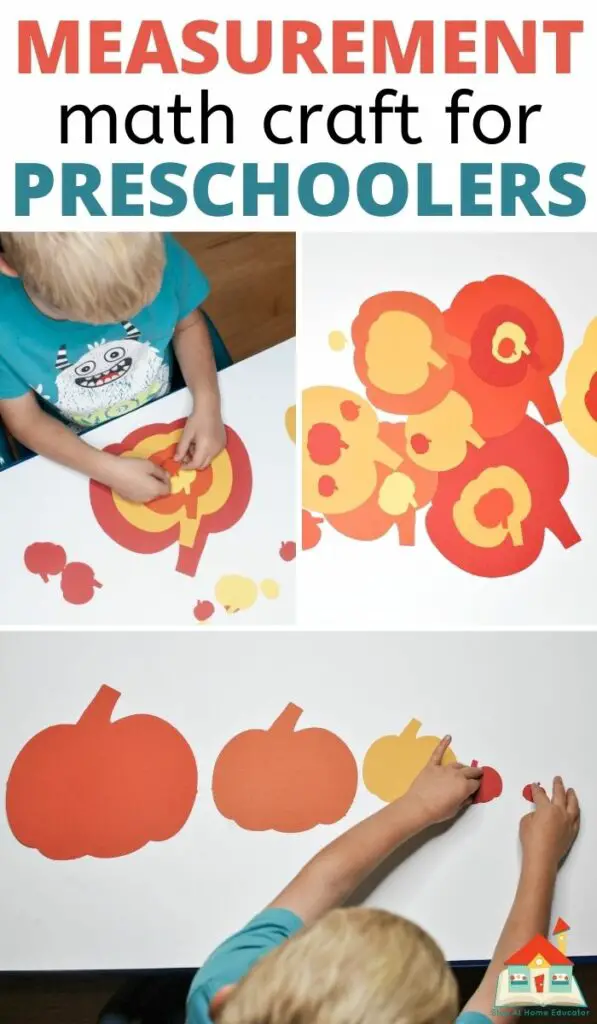
This pumpkin math craft is not only a blast to make but also packed with learning opportunities! It’s perfect for preschoolers and is a great way to strengthen their math skills.
First, gather your materials:
Next, you can use the cutting machine to make the pumpkins in advance or trace the pumpkins and have your preschoolers cut them out themselves.
- Fall-themed scrapbook paper or construction paper,
- Scissors
- Glue
- and a cutting machine (optional)
To add an extra challenge, cut the pumpkins in different colors and sizes. For example, you can use six inches, five inches, four inches, three inches, and one and a half inches diameter pumpkins. Then, have your preschoolers layer the pumpkins on top of each other. This activity is great for learning about patterns, sizing, measuring, and categorizing things by color or size.
It’s also a great way to make learning fun! The interactive style and festive pumpkin project that kids get to make at the end will delight your preschoolers. Get your materials ready for a creative and educational pumpkin math craft!
For more information about this resource, be sure to check out stayathomeeducator.com
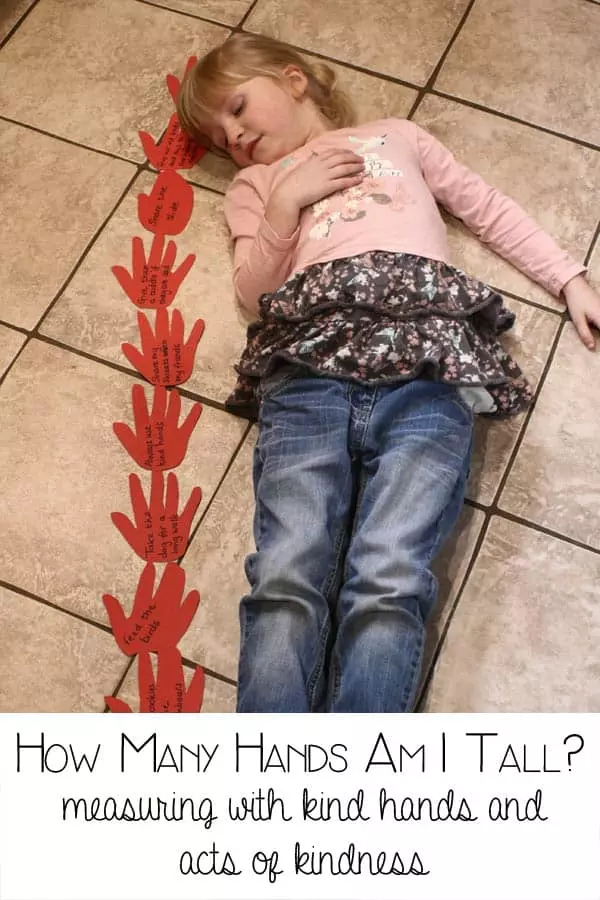
This next activity introduces them to the concept of “kind hands measuring”! Start by tracing your child’s hands multiple times on construction paper and then cutting them out (older kids with good scissor skills may be able to do this themselves). Make sure to have a good number to use as a measuring tool. These are their “kind hands.”
You’ll need:
- Construction paper
- Pen or pencil
- Scissors
Here are the steps to follow and skills your child will practice:
- Have your child stand up tall and stretch out their arms.
- Have them use their kind hands to measure their own height by counting how many hands go from the top of their head to their feet.
- Take it a step further by having them use their “kind hands” to measure other things around the house.
- Have them measure the length of their toys, the width of a book, or the height of a chair.
To make it more fun, you can create a game out of it by challenging your child to measure different objects and guessing how many “kind hands” it will take. This playful approach will not only help children learn important measurement skills but also develop their creativity, problem-solving abilities, and fine motor skills. Give it a try and enjoy learning with your little ones.
For more information about this resource, be sure to check out rainydaymum.co.uk
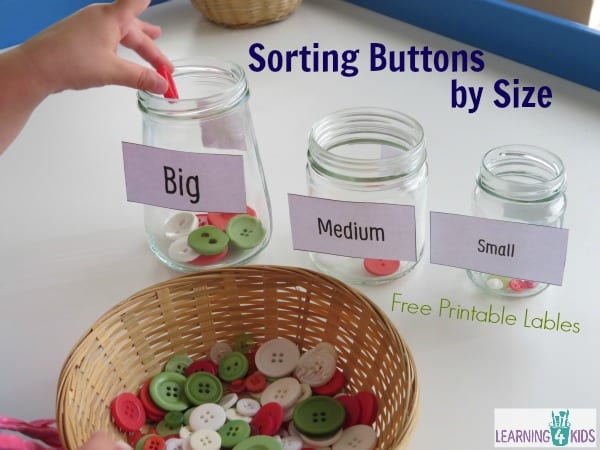
Get ready to have some button-sorting fun! This activity is a playful way to help little ones learn about colors, measurements, and classification. Plus, with all those bright and colorful buttons, it’s hard not to have a good time!
To get started, all you need is the following:
- Buttons
- Jars or containers
- Printed labels
After you have your materials together, here’s how to play and learn”
- Gather an assortment of colored and sizes of buttons and 3 glass jars or containers.
- Print and attach the provided labels (Big, Medium, Small) to one side of the jars and the colored labels to the other side of the jars.
- Sort the buttons by size and talk about which ones are the biggest and smallest. Encourage language by saying things like “this button is bigger than this one.”
- Sort the buttons by color and discuss the different shades of red, green, and white. Ask if there are any buttons that don’t belong.
- Talk about which jar has the most buttons in it. Before starting, predict which color buttons will be there most and see if you were correct.
Sorting and matching the buttons will be fun for your kids while they also learn some valuable skills. Let’s go get your jars and buttons and start sorting!
For more information about this resource, be sure to check out learning4kids.net
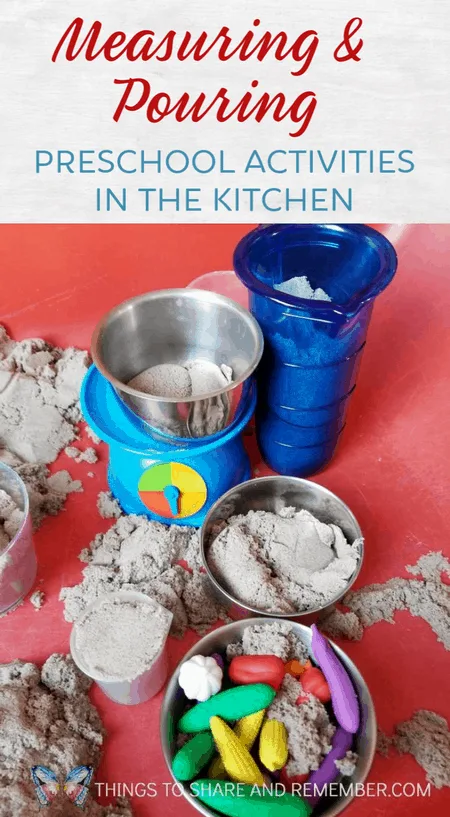
We all know how much children love working in the kitchen and with these activities, they can learn about measurement concepts using real measuring tools like cups and spoons.
The Pour Together Community Challenge from Experience Curriculum is a great way to introduce these concepts.
All you need is:
- Pitcher of water
- Container
- Dry erase marker
- Food coloring (optional)
Fill the pitcher with water. To add a little fun, try coloring the water with food coloring. Then, using a dry-erase marker, draw a line around the container. Each child takes a turn pouring water into the container, making sure not to pour past the line.
It’s a great way to build self-management skills as they learn to follow the rules and make sure others have a turn. And who knows, maybe you’ll even have a little surprise like discovering the amount of water in the pitcher perfectly filled the container to the line! So, grab a pitcher and a container, and let’s get pouring!
For more information about this resource, be sure to check out thingstoshareandremember.com
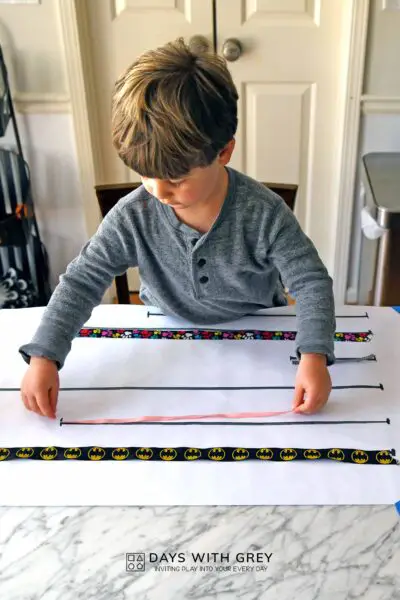
As parents and teachers, we know that learning can sometimes be boring, but not today! We’re going to make measurement exciting and interactive by using everyday objects to help our preschoolers understand the concepts of big and small, short and tall, and heavy and light.
Materials:
- Objects from around the house (pencils, pens, books, toys, foods like a banana, etc.)
- Ruler and/or tape measure
- Pencil
Here are the steps for the preschool measurement activity:
- Gather a collection of objects from around the house, such as a pencil, a book, a stuffed animal, and a banana.
- Ask your child to line the objects up in order from smallest to biggest.
- Grab a few small toys and some coins. Ask your child to guess which toy is the heaviest, then use the coins to weigh them and see who was right.
- Grab a ruler and a few objects of different sizes. Ask your child to measure each object and compare the results.
- Use a tape measure to measure your child’s height and mark it on the wall. As they grow, measure them again and compare the results.
With these fun measurement activities, your child will not only learn about measurement but also develop their problem-solving and critical thinking skills. Have fun!
For more information about this resource, be sure to check out dayswithgrey.com
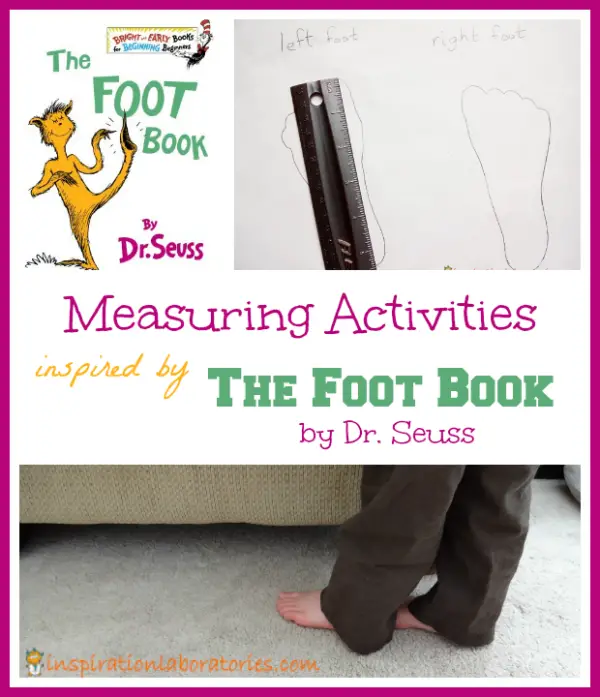
A new way to make measuring your child’s feet a playful and enjoyable experience. Introducing the ‘Measuring Foot Book’ by Dr. Seuss!
Picture this: Your child is sitting on the floor, giggling as they wiggle their toes while you read them silly rhymes and show them colorful illustrations from the book. Talk with them about how big their feet are.
Things you will need include:
- Dr. Seuss’s Measuring Foot Book
- Paper
- A ruler
- Non-standard measuring tools (paper clips, coins, blocks, etc.”
Next, grab some paper and trace your child’s feet and label them left and right. Discuss where the ruler should start. This can be the big toe or the heel. Show your child how to line up the zero with the starting point. Point out the numbers on the ruler and help show your child where the end of their foot is. You can even count upwards as you move up the ruler.
You can also measure the feet with non-standard measuring tools around the house like paperclips, blocks, or coins. Just be sure to have enough of the exact same item to measure.
Another way to use their feet to measure is to challenge them to measure larger objects like furniture or rugs using their feet as the measuring tool. This gets kids up and moving.
The book includes characters from beloved Dr. Seuss’s books such as The Cat in the Hat, Green Eggs and Ham, and One Fish Two Fish. So not only are you measuring feet, but also introducing your child to the wonderful world of Dr. Seuss.
So, say goodbye to boring foot measuring and hello to a new way to make it fun for both you and your child with the ‘Measuring Foot Book’ by Dr. Seuss!
For more information about this resource, be sure to check out inspirationlaboratories.com
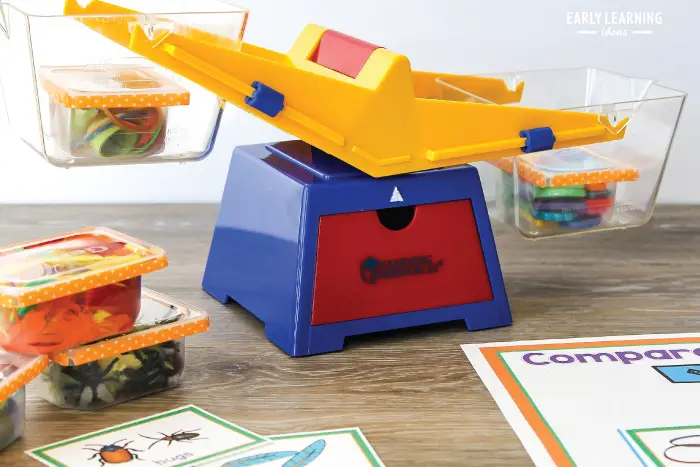
Introduce your kids to the exciting world of weight comparison using a bucket balance scale
Here’s a fun activity that’s perfect for your math or science centers:
- Gather some small plastic containers and fill them with a variety of everyday objects.
- Set up the activity by filling the plastic containers with different objects and placing them near the scale.
- Show kids how to use the scale by placing the containers on each side of the scale.
- Encourage kids to explore and experiment by placing different objects in the containers and observing how the scale changes.
- As kids play and learn, help them sort the objects by their weight and discuss the concepts of heavy and light.
- Walk kids through the scientific method by encouraging them to observe, hypothesize, and experiment with different objects.
You will need:
- A balancing scale
- Various objects to weigh (pom poms, buttons, crayons, beads, coins, rocks, sticks, etc.)
- Containers to hold like objects
Prepare yourself for some weighty fun by grabbing your scale and those small plastic containers.
For more information about this resource, be sure to check out earlylearningideas.com
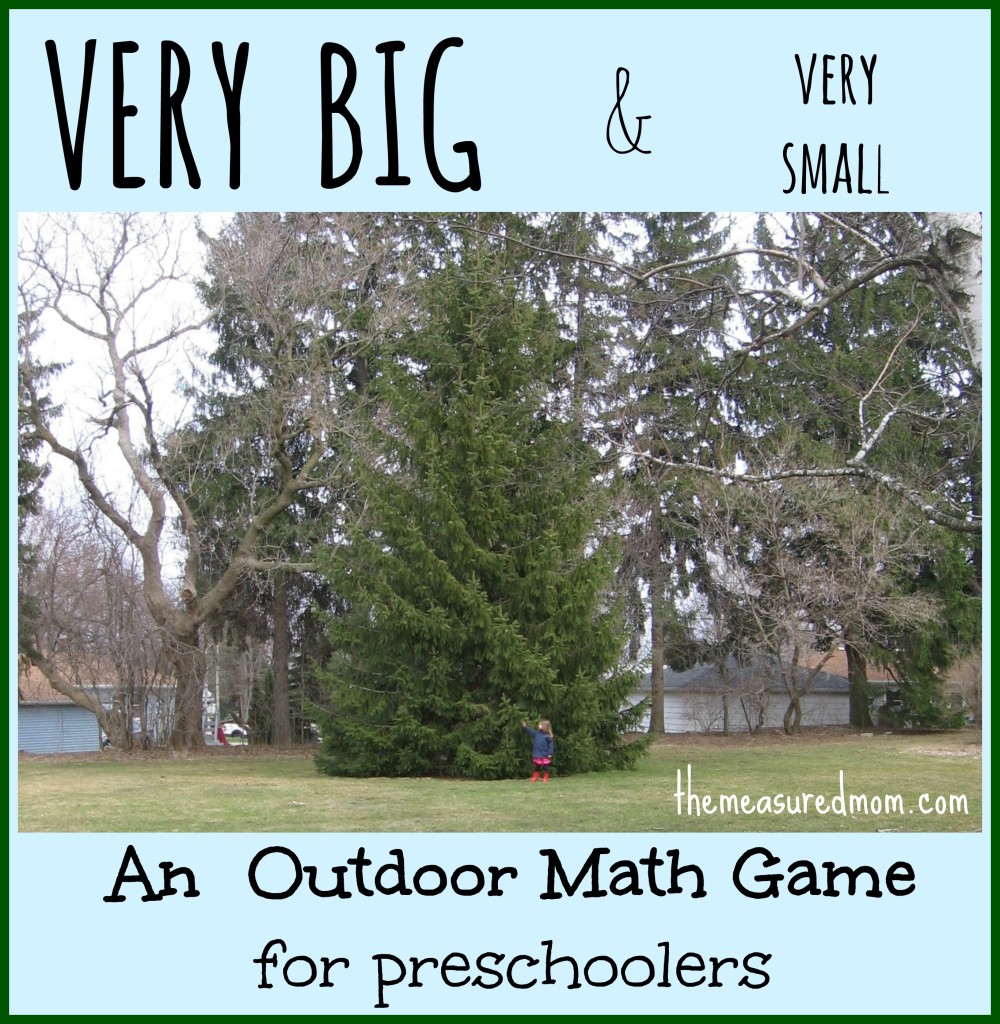
This game is all about exploring size and will have your little ones running around, having fun, and learning at the same time.
You’ll need:
- Objects of various sizes
- Printed action cards
First, provide a bunch of different-sized objects like balls, blocks, and cups. Next, spread them out in your backyard or park and let your little ones loose to explore.
Cut action cards and place into a container. Have your child draw a card. Read it and have them follow the direction. Cards may ask kids to “find something smaller than a bike” or “run to something bigger than a tree.” This will give kids a good understanding of big, small, and bigger and smaller.
As they play, encourage them to compare the sizes of the objects and talk about which ones are big, which are small, and which are in between.
This outdoor math game is not only a great way to get your kids excited about math, but it also helps them develop important skills like problem-solving, critical thinking, and observation.
For more information about this resource, be sure to check out themeasuredmom.com
Conclusion
Preschoolers love to explore and learn through hands-on activities. Measuring activities are a great way to introduce math concepts in a fun and engaging way.
Try out these 10 awesome preschool measuring activities with your little ones and watch their understanding of measurement grow.
More activities and resources you might find helpful:


